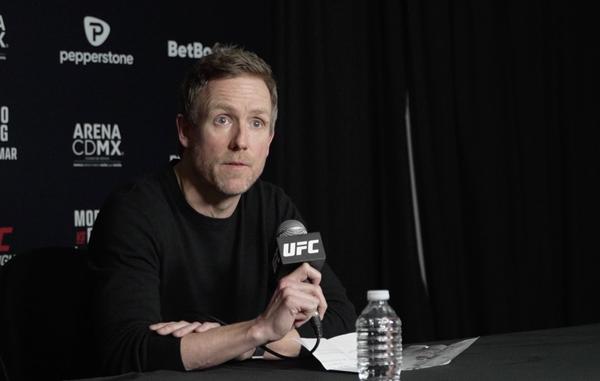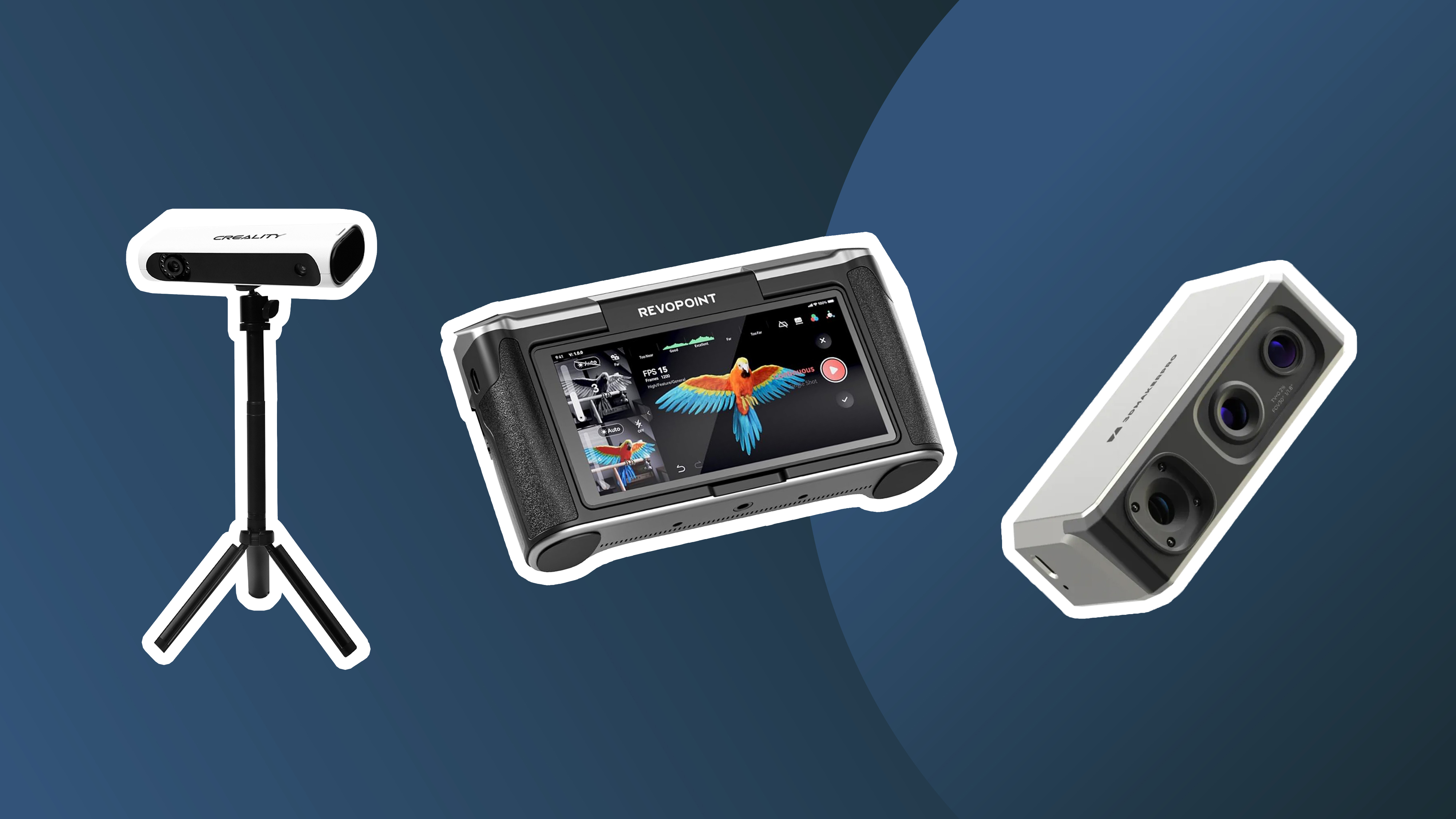
If you want to create a 3D model based on a real-life object, you'll need one of the best 3D scanners to help digitise whatever your heart desires. There are a variety of methods and technologies, as well as different portable and affixed form factors to meet the needs of various users.
We've reviewed and research a plethora of devices, leveraging our experience from our in-depth testing to select the best 3D scanners for different needs. We've considered budget-friendly options for beginners to professional-grade devices that can handle more demanding projects at a variety of price points, evaluating each model for build quality, capability, scan size, ease of use, speed and accuracy.
To complete your set up, see our pick of the best 3D scanner software to get started creating your own 3D models, and check out our guide to the best 3D printers.
Quick list

We found the Creality CR Scan 01 to be a fantastic all-rounder with the ability to scan down to 0.1mm. It supports 24-bit true colour texture mapping, and requires no markers for scanning.
Read more below
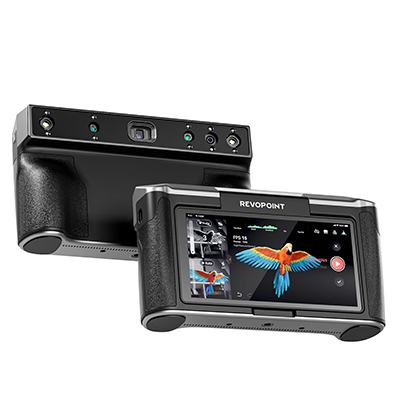
This 3D scanner is a game changer for handheld scans in that it's self-contained, so you don't need a computer to view and edit scans. The 2K flip-out display makes it versatile and easy to use and colour information is excellent.
Read more below

We think this is an excellent choice as a first 3D scanner. It's well built, easy to set up and use, and the price is hard to argue with, offering great value for the quality and accuracy provided.
Read more below

This is an excellent option for artists wishing to scan larger objects or for objects outside. It's fairly fast, at up to 14 frames per second, and the software is good, helping make short work of larger ornaments.
Read more below
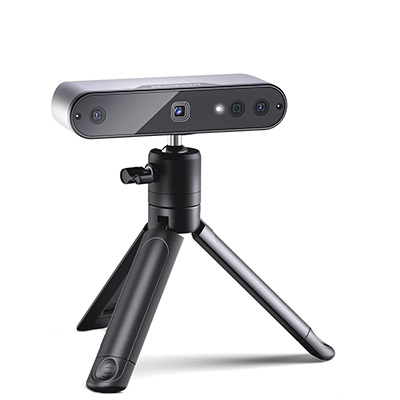
This is a budget wonder. While it's not quite as accurate as some others, it's fast, easy to use, and it's compatible with Android. Best of all, the price is among the most reasonable we've seen.
Read more below
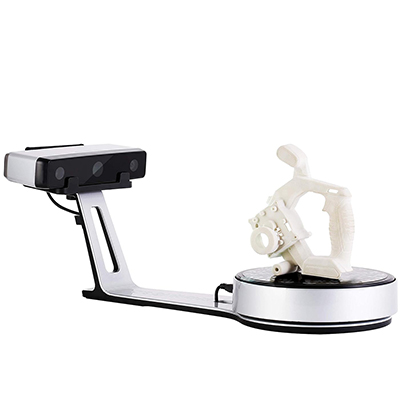
It isn't cheap, but the precision of the Shining 3D EinScan SP makes it the perfect bridge to pro 3D scanning. It can generate colour scans in under four seconds with the attached turntable for accuracy and stability.
Read more below
The best 3D scanners in full
The best 3D scanner overall
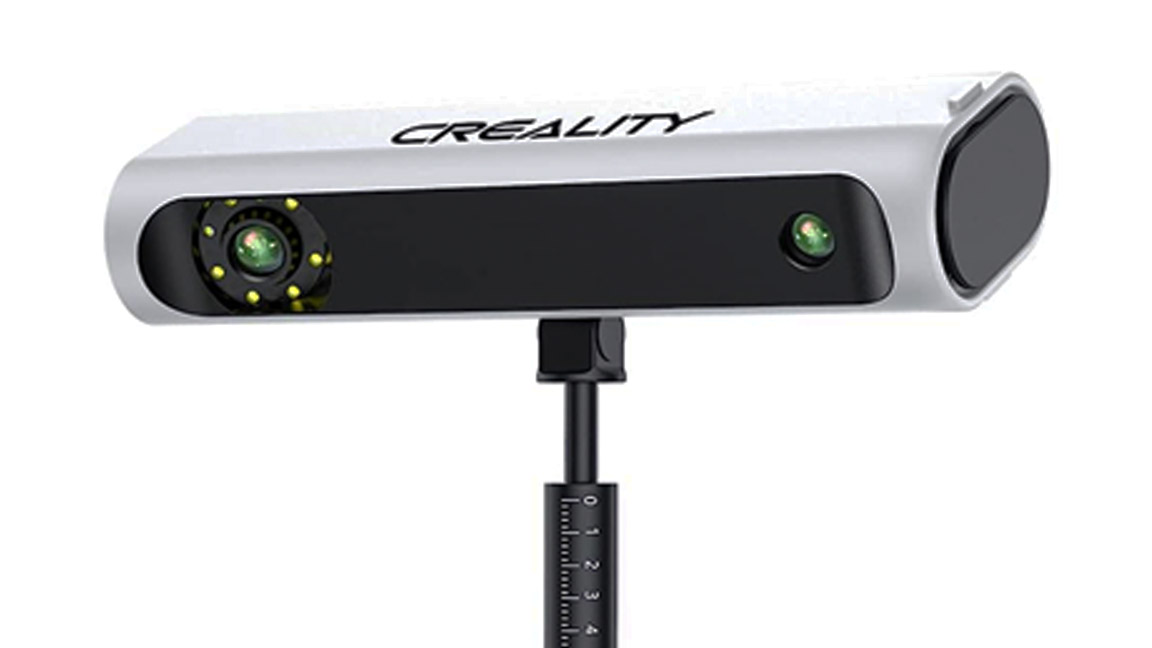
✅ You're on a budget: This 3D scanner is at a reasonable price point.
✅ You want good colour texture mapping: The Creality CR Scan 01 delivers.
❌ You want reliable software: Creality CR Scan 01's software can be a little flakey.
🔎 Creality CR Scan 01 is our top recommended 3D scanner, offering great performance, good value for money and decent build quality. ★★★★½
Need to know: We found the Creality CR Scan 01 to be an excellent all-rounder and the best 3D scanner overall for a balance between price, quality and reliability. It comes from a manufacturer with a track record of being a true innovator in the maker space, with a wide range of 3D printers and scanners behind it.
Features: The Creality CR Scan 01 is an enthusiast model with the ability to scan down to 0.1mm. It supports 24-bit true colour texture mapping, and requires no markers for scanning. It offers both handheld and tripod mounting with portable turntables, too.
We think this is a great 3D Scanner for artists already invested in the Creality product range, but it's easy to grasp and get good results, making it an ideal gadget for newcomers too. It's worth noting, however, that customers have reported some slight software issues.
Pricing: It's hard to find at its fairly reasonable retail price of £379 sometimes, with prices almost doubling when stock runs low. So, if you see it linked above at retail price, act fast.
The best handheld 3D scanner
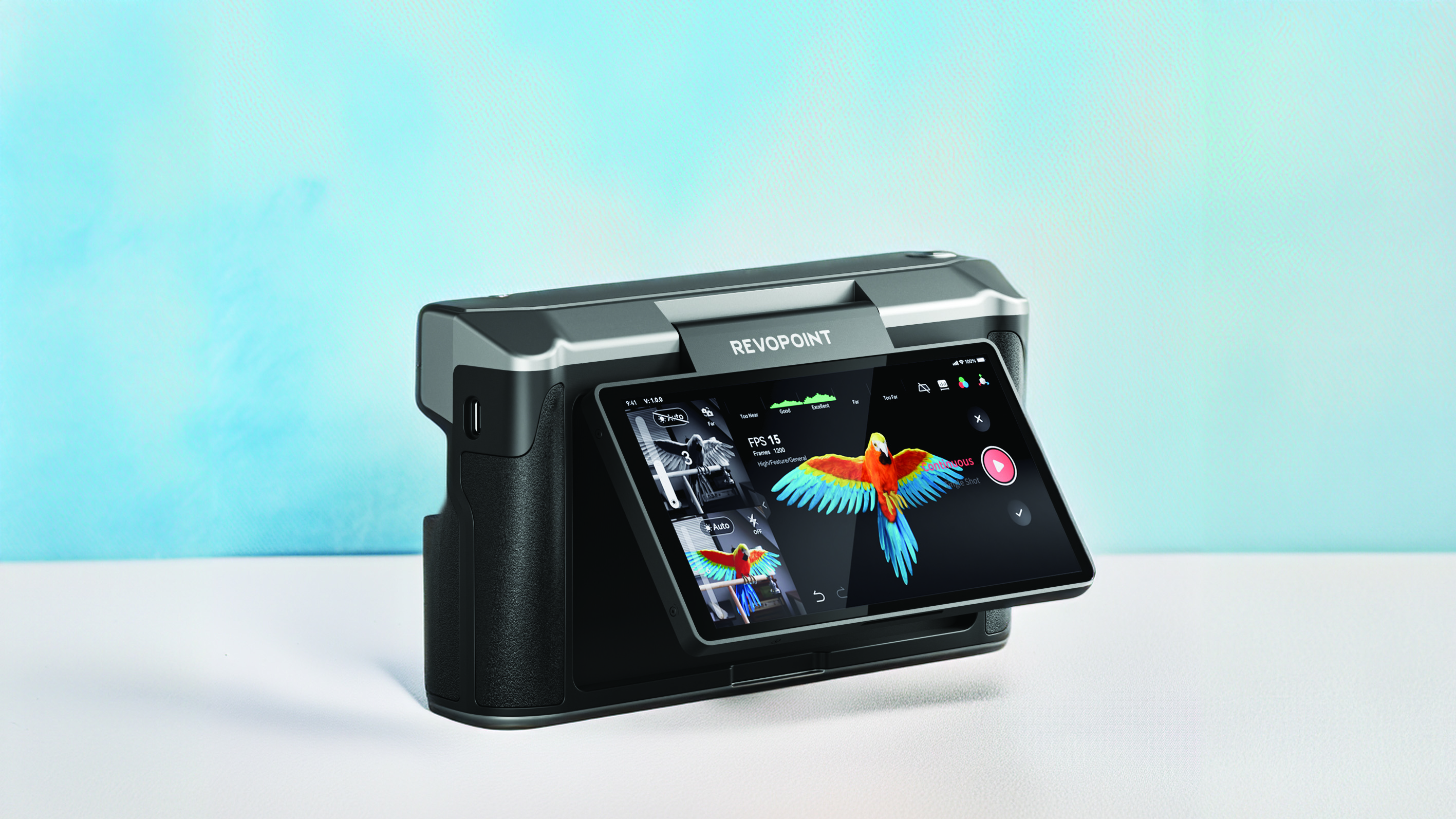
✅ You want portability: This model works without a laptop and is ergonomic for scanning on-the-go.
✅ You need high-definition colour capture: The Revopoint MIRACO delivers.
❌ You're on a budget: This model is more expensive than some of its competition.
🔎 Revopoint MIRACO is something of a revolution for handheld 3D scanning in that it can do everything on board without requiring use of a computer or laptop to view and edit the scan. ★★★★½
Need to know: Our reviewer rated the new Revopoint MIRACO highly, especially due to the fact it has the on-board smarts to view and edit scan results. That's thanks to Revopoint’s custom scanning software and the wonderful six-inch 2K touch-sensitive screen.
Features: It's the lightest standalone 3D scanner the market has seen to date, and we found that the self-contained approach makes for a simple, convenient, streamlined workflow that's a pleasure from start to finish. It feels a bit like using a traditional DSLR, without the lens, combined with a mobile device. Yes, it's heavier and less portable than a phone, but the size and shape makes it comfortable to grip it with two hands for stable scanning.
It offers the flexibility to scan both small and large objects thanks to an advanced quad-depth camera structured infrared light system, and you can even change mode mid-scan. The flip-out screen makes it easy to manoeuvre around an object quickly, and, we found the on-screen graph useful to keep track of the distance from the object we were scanning. The device can scan at an accuracy of up to 0.05mm for small objects, comparable with the best 3D scanners on our list, and can capture larger surface areas at a lower level of accuracy. The continuous mode takes up to 15 frames per second, and we found the colour data and texture information from the 48-megapixel RGB camera to be excellent for both mesh and texture creation.
Pricing: Retailing at £1,249, that's the lofty price for an innovative, portable 3D scanner.
See our full Revopoint MIRACO review for more details.
The best handheld 3D scanner for newbies

✅ You're on a budget: For what it offers, this is a great value pick.
✅ You're a beginner or amateur: It's easy to use, accurate and robust.
❌ You're a pro: Its low FPS, optional accessories and general specs are more amateur-friendly.
🔎 3DMakerPro SEAL is an affordable option is a great choice as a first 3D scanner for beginners. ★★★★
Need to know: It makes scanning super simple, it's compatible with both Mac and Windows, and the price makes it a sensible buy for those who want to try 3D scanning for the first time.
Features: When we reviewed it, we were hugely impressed with how accurate it is for the price, with a single frame accuracy of 0.01mm and 24-bit colour capabilities. It's quite a feat to get that into an affordable consumer device. We would have liked to see the tripod and turntable included as standard, but these have been omitted to keep the scanner's price so low.
It took us a while to detect objects, but once we got used to how close we needed to be, we found it easy to use. The counter on the software interface helps assess progress. There's a high-definition camera that can capture 24-bit color, and the CMOS image sensor collects that data and applies it to the scanned data in real-time, eliminating the need for a separate texturing workflow. All in all, we rate this as a solid scanner for hobbyists and anyone looking to get started.
Pricing: This scanner retails around the £400 mark, but some retailers massively inflate the price; aim for £500 or lower, and you've got yourself a decent deal. However, it doesn't come included with the accessories you may need, making it not the best value pick.
See our full 3DMakerpro Seal 3D Scanner review for more details.
The best 3D scanner for large projects
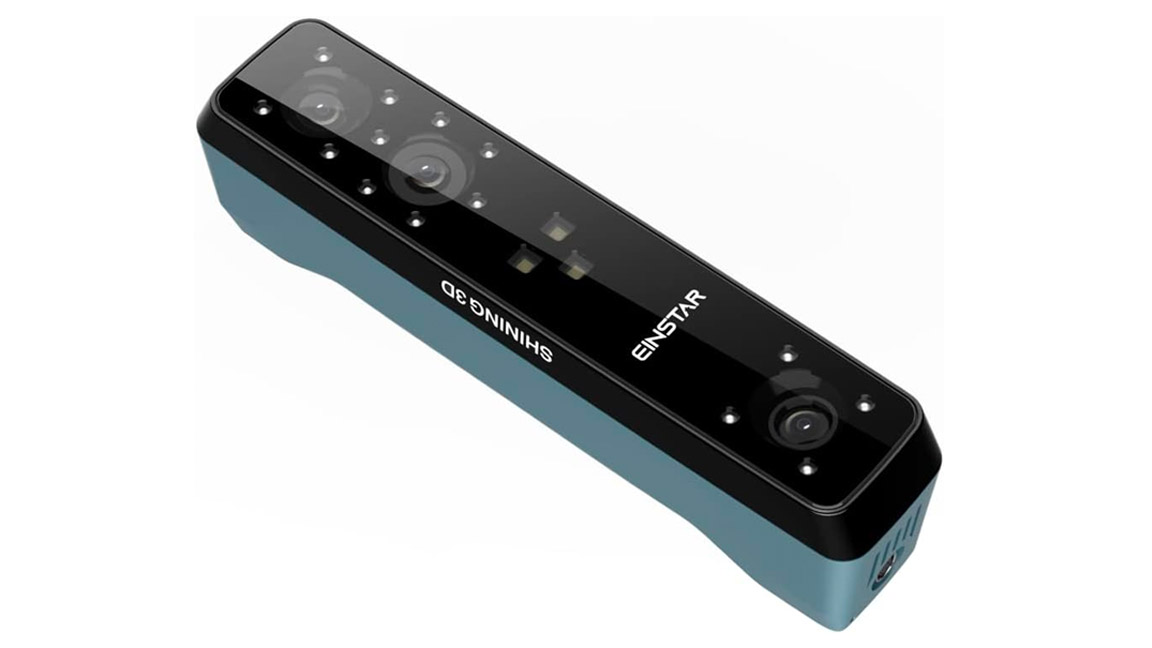
✅ You need a portable option: The Shining 3D Einstar is wonderfully portable.
✅ You're scanning larger or outdoor objects: In these areas, this scanner shines. Pun intended.
❌ You want to scan glossy surfaces: If you're planning to use this on cars or other reflective surfaces, you might struggle.
🔎 Shiny 3D Einstar is an excellent option for artists wishing to scan larger objects or for objects outside. ★★★★
Need to know: We think the Shining 3D Einstar is particularly good at handling bigger objects and also shines sin outdoor conditions thanks to its fast results and high FPS.
Features: With fast 3D scanning, 14 frames per second and decent software, we found it was able to make short work of scanning larger ornaments when we tested it. We found the level of detail to be excellent: there's even a "Hair Mode" option to get improved hair data from human scans.
This is a powerful scanner, and it can be harder to setup than the devices we've mention so far, and you will also want a good graphics card in your computer. However, it really excels at macro human scans (note, not eyes) and is designed for AR and VR use.
Pricing: Another model where there's inconsistent pricing, but the general benchark as of writing is £869. Lower, and you've got a great deal, higher, and it becomes a poor value pick, given it's great for some things but not a jack of all trades.
The best budget 3D scanner
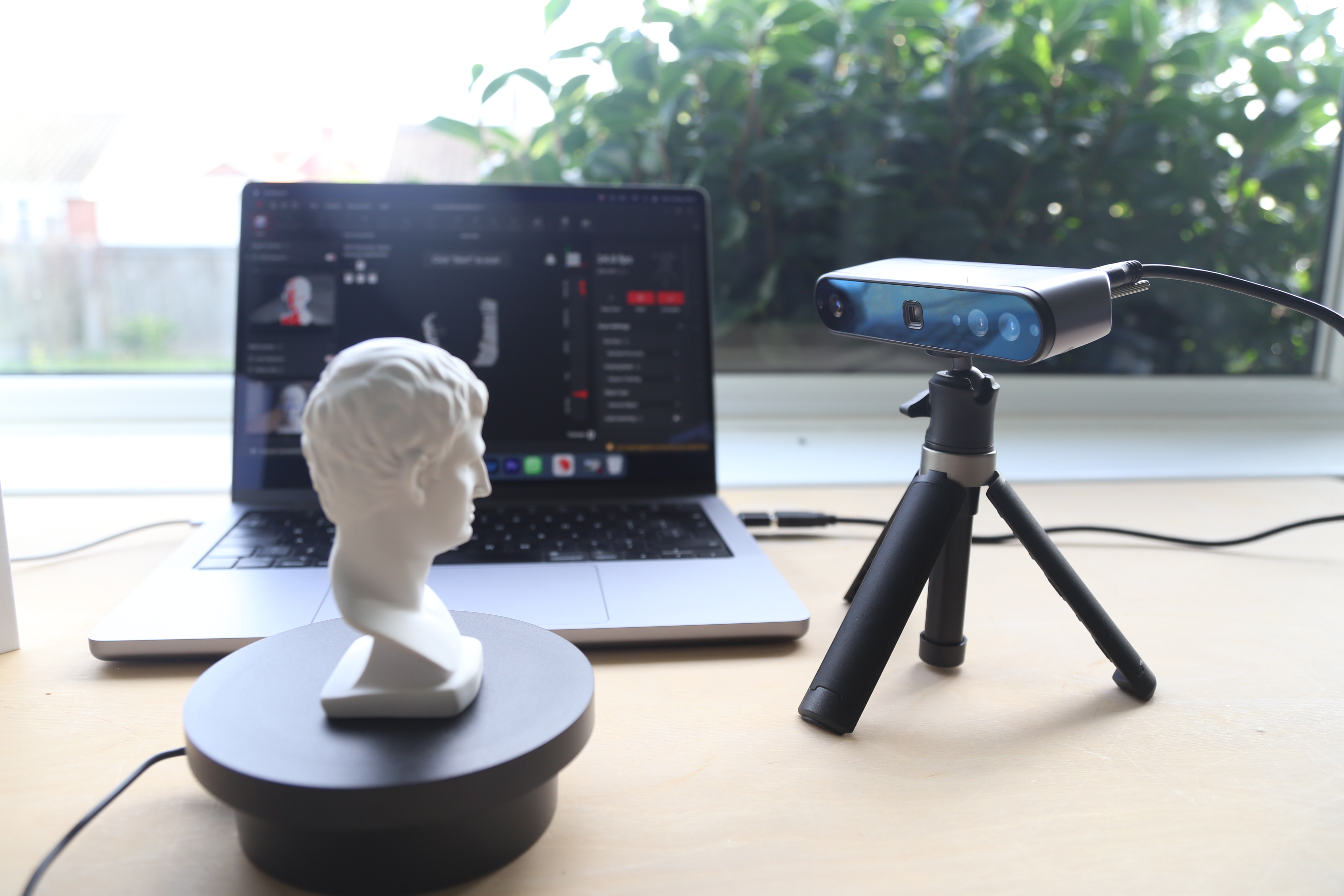
✅ You're on a budget: This is a wonderfully affordable option.
✅ You're new to the market: It's a reliable brand, good value and relatively versatile.
❌ You want single-frame accuracy: We found it to be weak in this department.
🔎 Revopoint Inspire 3D Scanner is an entry-level 3D scanner with a very attractive price. ★★★★½
Need to know: The Revopoint INSPIRE 3D Scanner isn't quite as accurate as the 3DMakerpro Seal 3D that I mentioned previously, but based on our review, we think this is the best cheap 3D scanner around and a good tester for the undecided.
Features: We found connecting either to a PC or, for true portability, an Android phone, to be straightforward, and the device offers pretty nifty capture speeds for the price at 14-18 fps, faster than the 3DMakerpro Seal 3D, which is a little more expensive.
With the lower level of precision, we did find that this option took a bit more trial and error to get the results we wanted, but if you're prepared to persevere, it offers portability and reasonable speed for a very attractive price.
Pricing: A great value pick, and a solid starter model for the undecided.
See our full Revopoint INSPIRE 3D Scanner review for more details.
The best professional 3D scanner

✅ You want speed and accuracy: On all fronts, this scanner delivers.
✅ You prize great software: Its software is among the best.
❌ You're a newbie: This model - and price point - is definitely aimed at experienced users.
🔎 Shining 3D EinScan SP will appeal to any artist wanting to get into scanning it's primarilly pro-grade. ★★★★½
Need to know: With the ability to scan down to 0.05mm, the Shining 3D EinScan SP is a true bridge between hobbyists and professional 3D scanners, and its scans can easily be used in a professional VR, AR or 3D modeling project.
Features: It can be made portable and can generate scans and colour scans in under four seconds with the attached turntable option for accuracy and stability. (It can create a 360-degree scan in around a minute using the auto scan feature.)
Why is the Shining 3D EinScan SP so far down on my list? Purely because it is costly and aimed squarely at dedicated 3D artists with a professional pipeline who need high-end results. You will need to understand slightly more complex software and have a good graphics card and a good desktop PC.
Pricing: While not cheap, the Shining 3D EinScan SP offers speed, versatility and accuracy backed by excellent software.
The best pocket 3D scanner
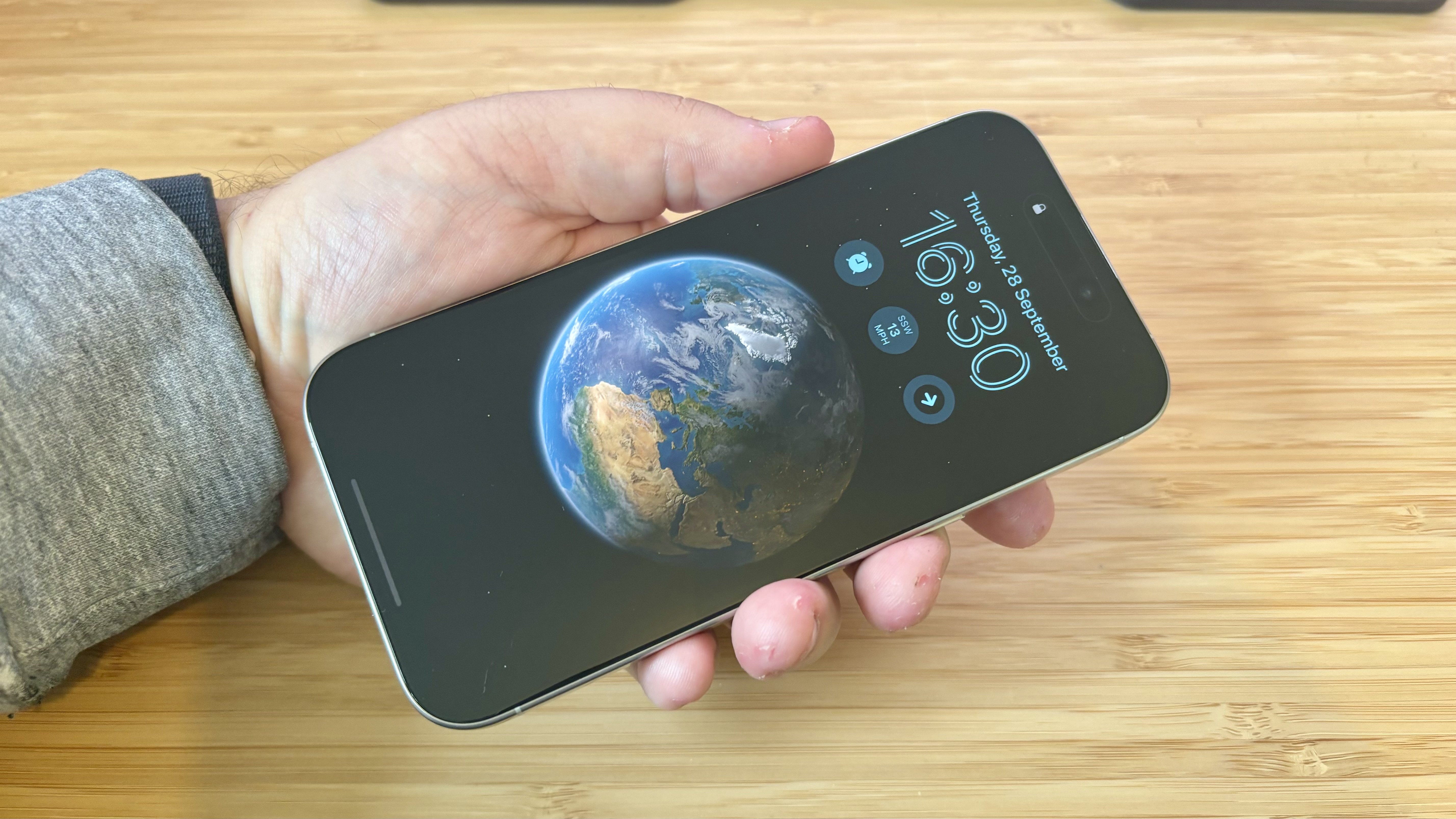
✅ You're an Apple fan: If you don't already have one, here's a great excuse to upgrade.
✅ You prize versatility above all else: The iPhone 15 Pro is immensely capable as a phone, but also as a 3D scanner.
❌ You want something future-proofed: Phones don't last quite as long, especially with regular usage.
🔎 Apple iPhone 15 Pro is a smartphone with excellent 3D scanning chops. Sure, it's more expensive than some options here, but it does a whole lot more. ★★★★½
Need to know: Bit of a curveball, but the iPhone 15 Pro is an excellent 3D scanner. Yes, sometimes the best tool is the one you (may) already have.
Features: Since the release of the iPhone 13 Pro, the LiDAR Scanner has been used as part of the AR solution for creatives and as a 3D scanner.
A wide range of apps can turn your iPhone into a portable or tripod-mounted 3D scanner. While not as accurate or sophisticated as the other devices mentioned in my list, the iPhone is still a perfect stepping stone for those artists curious about 3D scanning.
If you need to be sold on just how handy and powerful an iPhone can be, take a look at the newly announced Metahuman Animator from Epic Games that enables you to scan an actor's performance and render the mocap data into a 3D, animated model.
Pricing: Naturally, this is a far more costly option than the traditional 3D scanner route, but then I'm not recommending you buy this just as a scanner.
See our hands-on iPhone 15 Pro review for a general analysis of the phone overall.
How to choose the right 3D scanner
To choose the right 3D scanner for you, you need to consider a series of key factors. Firstly, what will you be scanning? Object size, detail level and desired accuracy will all point you towards the kind of scanner you need, and we've mentioned these details for each scanner above.
Also think about budget. 3D scanners range from budget-friendly phone attachments to high-end industrial models costing tens of thousands. Determine how much you're willing to spend and prioritise features accordingly. Another factor is ease of use. Some scanners require extensive training, while others are more user-friendly. Finally, ensure the device's software is compatible with your hardware and operating system.
How we test 3D scanners
When we review 3D scanners, we test their accuracy, reliability, and performance. Our evaluation typically involves a series of comprehensive assessments to validate the scanner's ability to capture and reproduce three-dimensional objects with precision. Initial tests focus on the scanner's calibration, verifying that it accurately interprets spatial dimensions and distances. We also evaluate resolution, examining the device's ability to capture fine details, and speed of operation.
FAQs
Are 3D scanners worth the money?
While you can create 3D scans of small objects from a phone these days, you'll soon find the resolution lacking if you need to create professional models for games or AR and VR. So a high-resolution, dedicated 3D scanner with proper software to tidy-up and refine scans is important. So yes, for the best results a 3D scanner is needed.
How much should I pay for a good 3D scanner?
While there are cheap options, a good price for a 3D scanner from a reputable brand is around $500 / £400. This can go up to around $1,000 / £1,000 if you need a more professional 3D scanner with better resolution and accuracy.
What app do I need to 3D scan on an iPhone?
I'd recommend Polycam to create 3D scans using an iPhone or iPad (read our iPad generations feature to find which is best for you). This will capture 3D scans using the LiDAR sensor and you can edit the results in your mobile or tablet.
Are 3D scanners accurate?
The accuracy of 3D scanners is generally within 0.01mm and 0.1mm. The ability to scan details to less than 0.1mm in the range of detail available can lead to dense meshes, which the software with the scanner may be able to optimise. This creates an incredibly accurate 3D model of the item you wish to scan - the best 3D scanners are not just convenient, but are also very effective.
Is photogrammetry better than 3D scanning?
Overall, photogrammetry is better for realism and for scanning large rooms and spaces. But it's expensive and requires more work to generate models, if you need quick and accurate 3D models of small objects, 3D scanning is relatively cheap, very accurate and easy.





